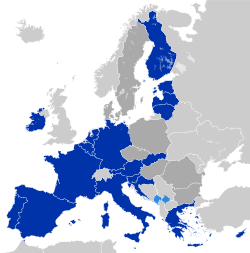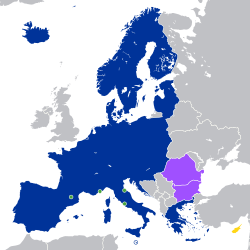
The Foreign Affairs Council (FAC) is a configuration of the Council of the European Union that convenes once a month. [1] Meetings bring together the foreign ministers of the member states. Ministers responsible for European affairs, defence, development, or trade also participate depending on the items on the agenda.
Contents
At its sessions, the FAC deals with the EU's external action, including Common Foreign and Security Policy (CFSP), Common Security and Defence Policy (CSDP), foreign trade, and development cooperation. In recent years, in cooperation with the European Commission, the FAC has prioritized ensuring coherence in the EU's external action across the range of instruments at the EU's disposal.
The configuration is unique in that it is chaired by the High Representative of the Union for Foreign Affairs and Security Policy (HR/VP) rather than the member state holding the presidency of the Council of the European Union. One exception is when the FAC meets in the configuration of ministers responsible for trade (FAC/Trade), with the presiding member state's minister chairing the meeting. It also has unique powers to adopt CFSP decisions, such as economic sanctions. These acts are neither proposed by the Commission nor co-legislated with Parliament, but are proposed by the High Representative and adopted by the Council by unanimity. [2]




